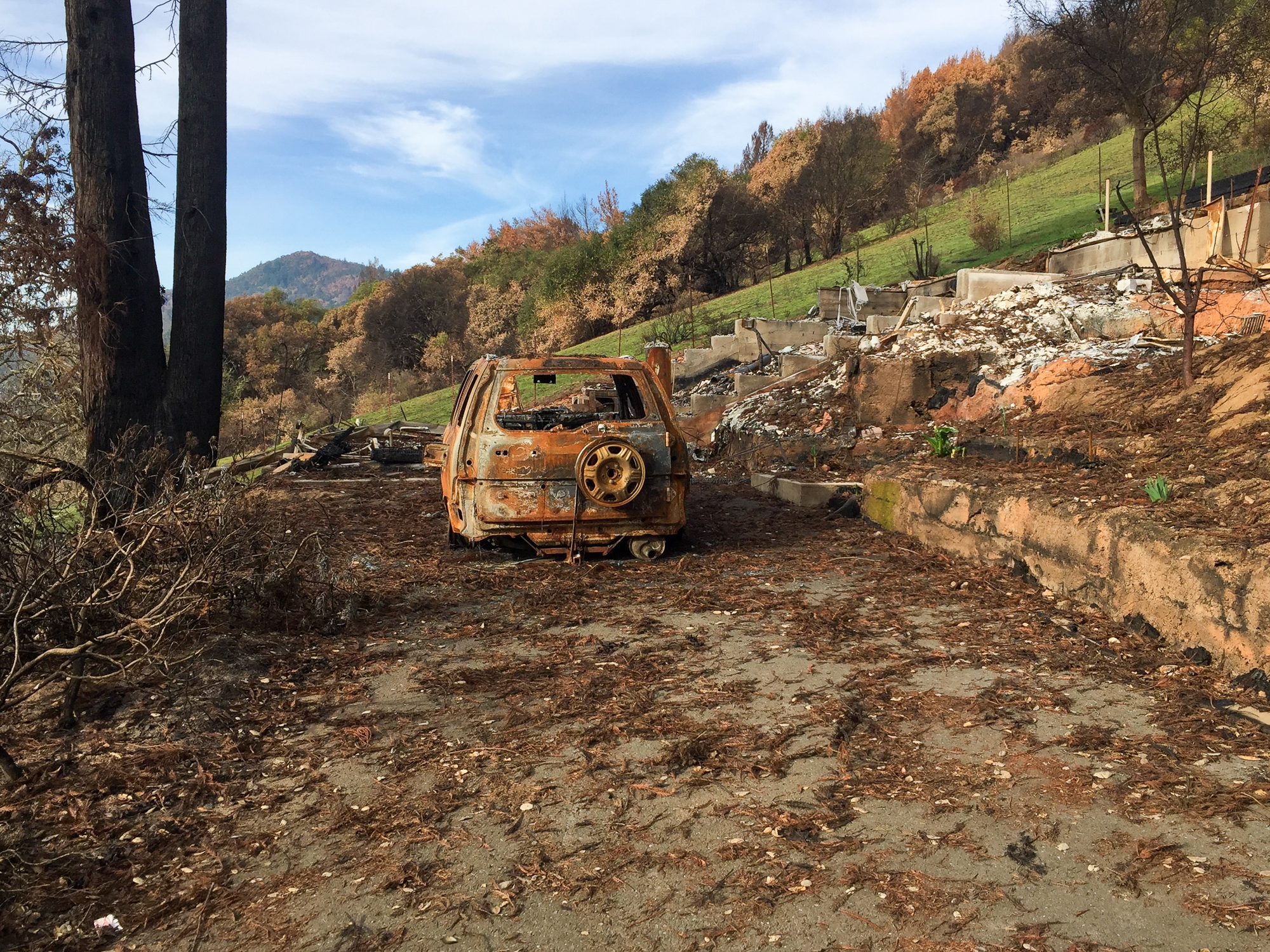But the county has been lucky not to have major incidents in the last three years, since planning for evacuation, shelter, and coordinated communication are in sore need of upgrades, he told KQED.
“Certainly the county has made an investment and the Department of Emergency Management is more able today than it was seven years ago, but the rest of the report essentially identifies there is additional progress that could and should be made,” he said.
The report found that most of the county’s evacuation routes were incapable of handling the anticipated traffic in an emergency in a timely manner.
Highways 12 and 116, which are key for evacuating from the Sonoma Valley and western Sonoma County, respectively, have intersections that gridlock during heavy traffic, according to the report. Other critical roads along the Russian River are single lane — some of which are also located in spots vulnerable to mudslides in flooding events.
The jury also wrote that they were disheartened to learn in interviews with emergency officials that those roads aren’t likely to see significant upgrades in the near future: “The roads are the roads; improving them is expensive, complicated, and, in most cases, requires support from the State of California.”
“Sonoma County’s main evacuation routes have been, and probably will continue to be, bottlenecks for future evacuations,” the report said.

While they posed questions about the feasibility of prioritizing such improvements, the jury didn’t go so far as to include major revisions to the roadways in its recommendations. But aside from material improvements, it said that accelerating the county’s timelines to comply with state required planning reports and studies could also make evacuations faster and smoother.
State law requires the county to complete a study identifying the transportation infrastructure that is needed in the county to deliver emergency services, but according to Sonoma’s general plan, it doesn’t expect to begin work on this until 2030. It won’t develop required zoned emergency evacuation plans until the same year.
“In the meantime, should we all just hope there are no emergencies?” the report said.
It recommends that county officials move up work on the study and evacuation plans to 2027, and include funding for the efforts in that year’s budget.
Finally, the report recommends that the county improve its communication system for emergency alerts, which largely relies on access to the internet and power — resources that often disappear during natural disasters.


